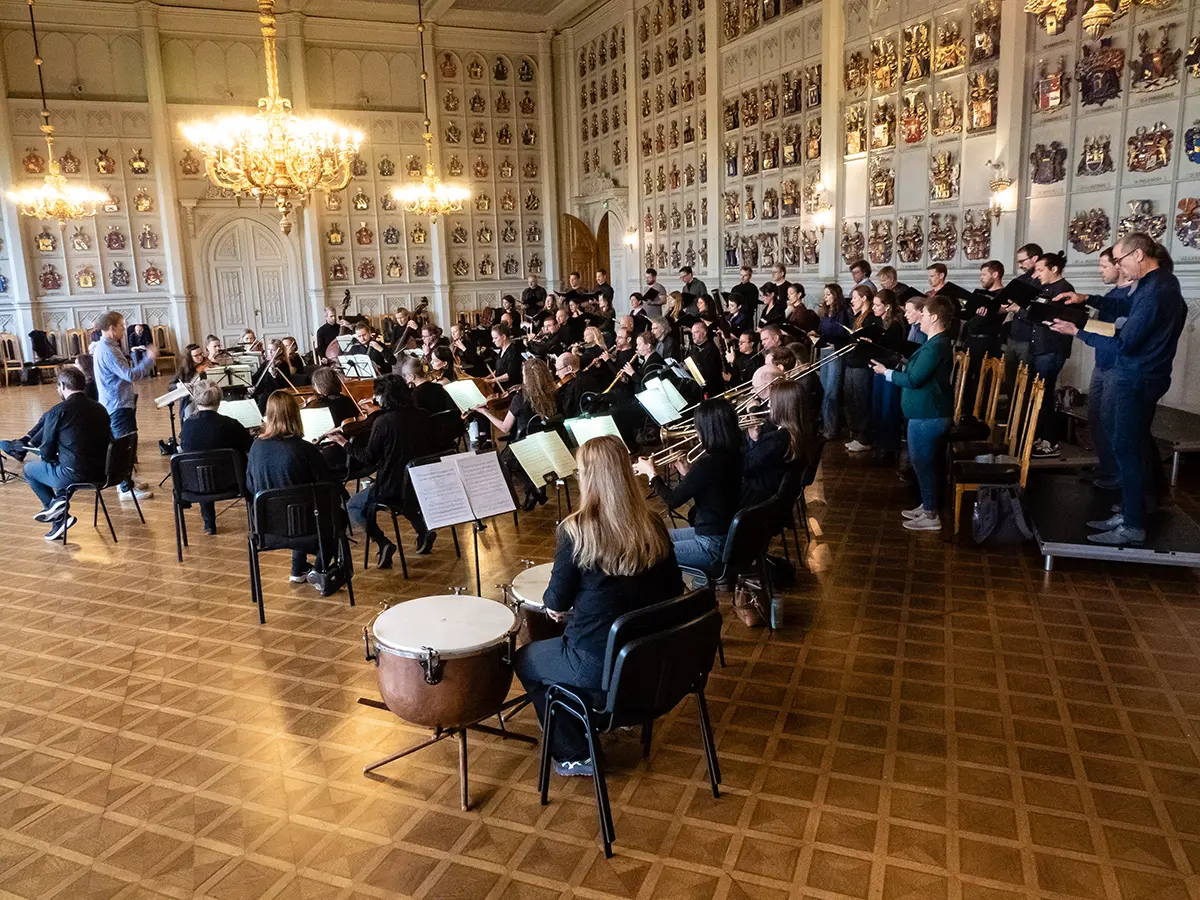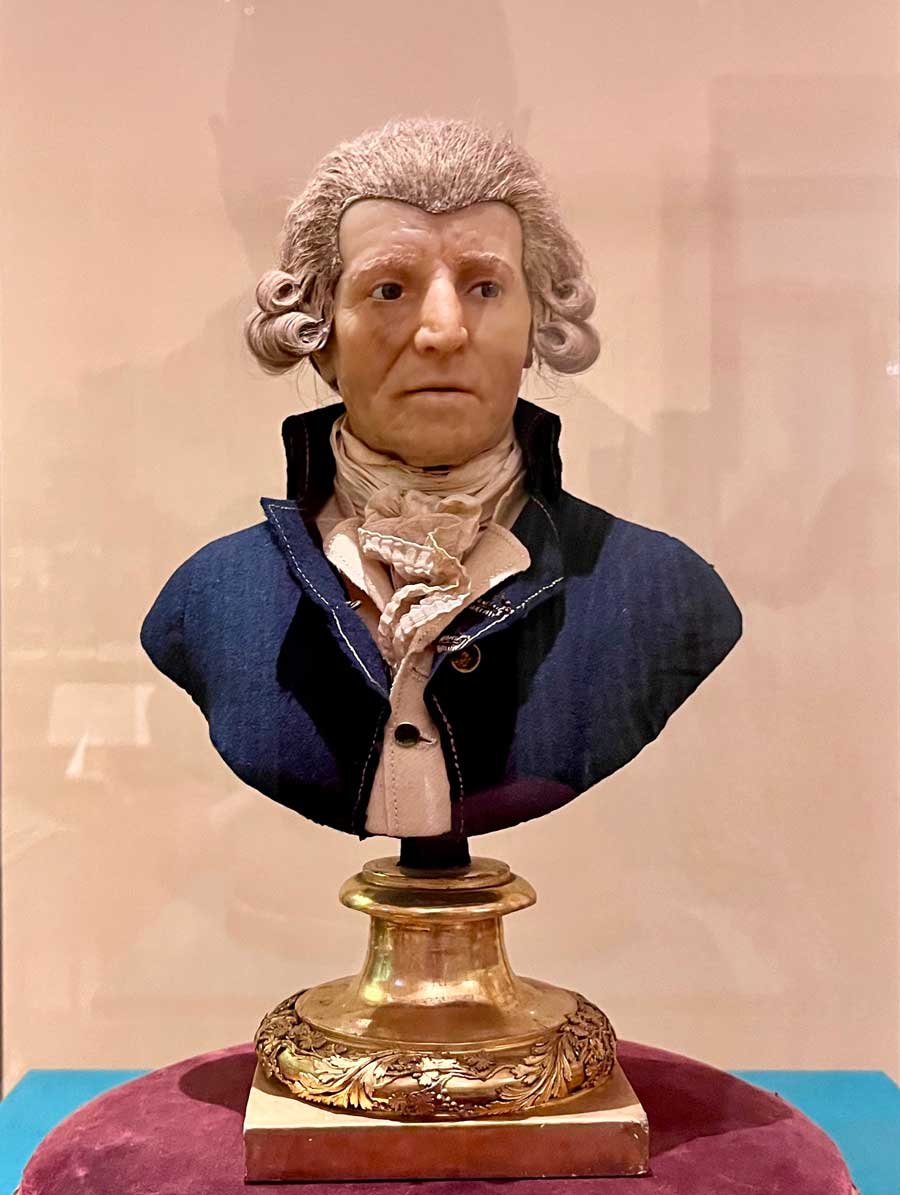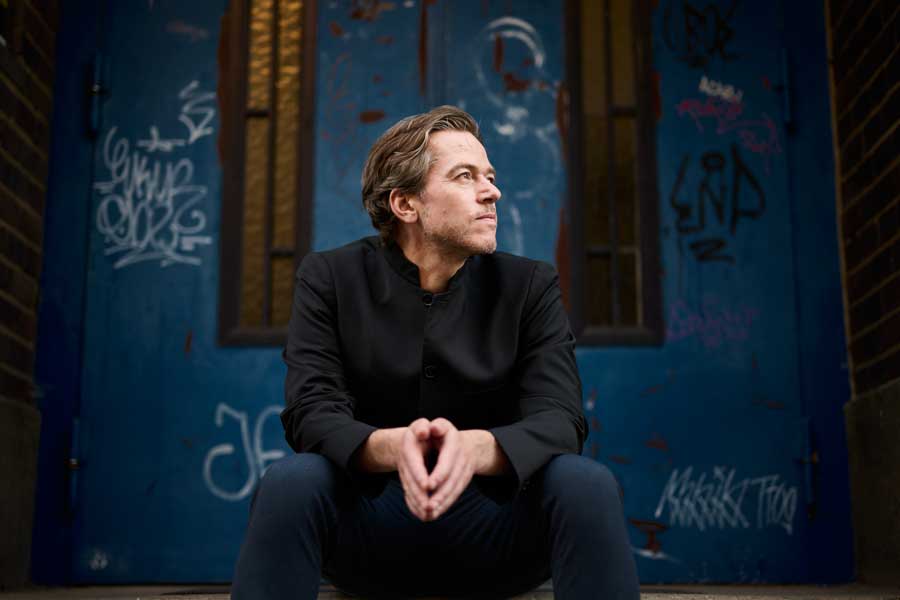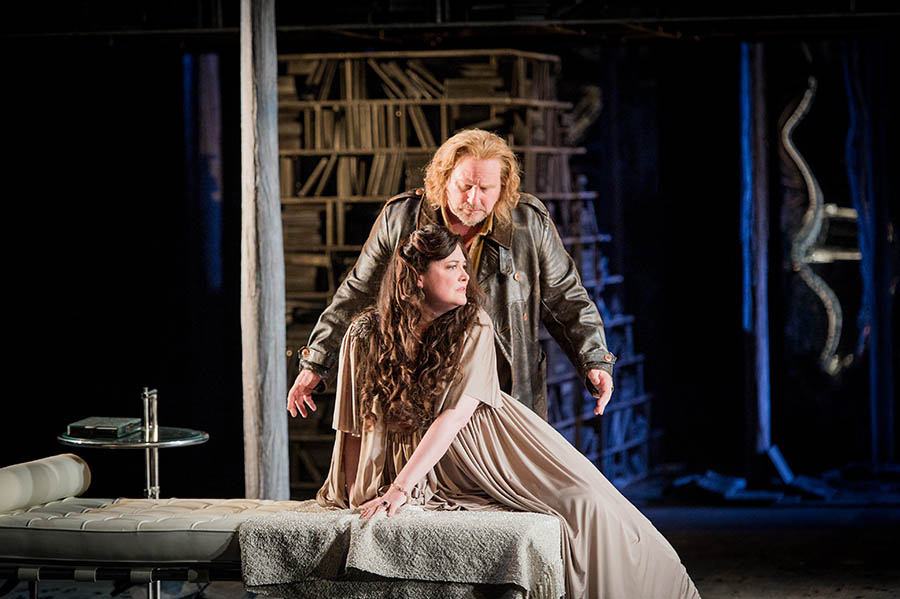
The Finnish Baroque Orchestra presented Haydn’s final great masterpiece, the oratorio Die Jahreszeiten (The Seasons) in Helsinki, Bern and Zürich together with the Zürcher Sing-Akadenie and three world-class soloists. Florian Helgath, widely recognised as one of the world’s leading choral conductors, led these highly enjoyable evenings.
The Seasons ( Die Jahreszeiten 1801) was Joseph Haydn’s last major composition before declining health forced him to retire a couple of years later.
His previous oratorio, The Creation (Die Schöpfung, 1798), was still being performed across Europe when he began work on Die Jahreszeiten. Oratorios had largely fallen out of fashion, except for some of Handel’s enduring works. In general, orchestras mostly played contemporary music, but during Haydn’s two extended visits to London – spanning a total of three years – he encountered several of Handel oratorios. He had great admiration for Handel and referred to him as¨the master of us all¨.
Baron Gottfried van Swieten, a Dutch-born diplomat and imperial librarian serving the Holy Roman Empire, was an amateur musician and insignificant composer¨. However, he was a highly significant patron of both Mozart and Haydn. Deeply fond of the music of Handel and Bach, he encouraged Mozart to study, perform and adapt several of their works.
Van Swieten also acted as a kind of artistic adviser to Haydn and they began collaborating after the composer’s second visit to London. Van Swieten had some experience translating libretti from English to German. The main sources for Die Schöpfung , are Genesis, The Psalms and Milton’s epic poem Paradise Lost. Die Jahreszeiten was based on an English pastoral epic by the Scottish writer James Thomson.
Following the huge success of Die Schöpfung Van Swieten proposed another oratorio text to Haydn. However, he was reluctant complaining that he was ¨a gradually decaying gentleman¨. Van Swieten set the text in the Austrian countryside, removing most of the moralising elements, and adding a grape harvest celebration, German folk songs and a tone aligned with the Enlightenment’s spirit of optimism.
Athough Haydn originally found van Swieten’s text rather banal and even derided some of it as ¨Frenchified trash¨. It nevertheless sparked his imagination – particularly in the many pastoral scenes.

In the The Seasons‘ prelude winter departs with contrapuntal bluster as the countryfolk and peasants – Lukas (tenor), Simon (baritone) and his daughter Hanne (soprano) – welcome spring. The warmth of Swiss baritone Manuel Walser’s portrayal of the cheerful farmer Simon whistling – the piccolo does the whistling – while ploughing, can make snow melt. In this aria Haydn quotes a popular tune from the slow movement of his Surprise Symphony. In the trio with chorus, Haydn appears to paraphrase Mozart’s Requiem, and throughout The Seasons there are several passages that sound Mozartian. A jubilant fugal chorus brings spring to a close.
Summer announces itself very quietly, like the sun slowly breaking through a hazy, dewy morning. This gradual retreat of the night and ¨day announcing himself¨is delicately handled by Helgath and the Finnish Baroque Orchestra (FiBO). Werner Güra offers a slow, yet atmospheric rendering of the opening recitative. Elsa Benoit’s Hanne effortlessly moves from a near- whisper to crystal–clear coloratura in her effusive description of the leaves, the rippling stream, and the shepherd’s pipe – with the oboe as her most faithful and expressive companion.
Then comes the hush before the storm: pizzicati raindrops build tension, until a shrill flute announces lightning, followed by a thunderous chorus crashing in. Once the storm clouds have passed over, Haydn’s musical word painting returns – cows bellow, quails call, crickets chirp and frogs croak. Only a few years later Beethoven would evoke similarly bucolic scenes in his Pastoral Symphony.
Haydn thought van Swieten’s Autumn text was particularly stupid, remarking: ¨I’ve always worked hard but never thought of setting my Fleiß (diligence) to music¨. Yet he couldn’t have made toil and industry sound more appealing than in the trio with chorus. Hanne and Lukas’ love duet unfolds like a dance, shifting from lively to slow and tender, finishing with a sprightly quadrille. Güra (Lukas), though clearly much older than Benoit, still has a surprisingly light voice, and his diction is impeccable – no nuance gets lost.

The hunting scene is one of the oratorio’ highlights: Simon’s hunting aria – complete with a flash and bang effect – the rousing chorus, the natural horns baying for blood (the kill) and the burbling contrabassoon, all combine in exhilarating fashion. But it gets even better.The 32-strong Zürcher Sing-Akademie were truly in their element as they shook tambourines, struck the triangle and revelled in the Brueghelian wine-soaked festivities.
From Lapland’s caves, winter is coming, shrouding the mountains in thick fog. Lukas’ aria about the traveler wading through deep snow and seemingly lost, offers a striking contrast to the Schubertian wanderer of Winterreise. Instead of despair, Haydn’s traveler finds shelter in a cosy tavern where the girls and women spin happily at their wheels. Elsa Benoit lightens the mood even more by adding tittilating wit and cheekiness to the tale of the cunning peasant girl who outsmarts her noble admirer.
In the end van Swieten couldn’t resist a moral: Nur Tugend bleibt – only virtue endures. The oratorio, true to the period, couldn’t have concluded without a clear Christian message. We’re suddenly in C-major and the trumpets proclaim that this earthly life is not our final destination. The magnificent four-part fugue of the final trio and double chorus builds towards a radiant homophonic climax, promising eternal spring and salvation.
Haydn preferred an orchestra of Mahlerian proportions for his Viennese concerts, but was perfectly content to employ smaller forces when it was required. The Finnish Baroque Orchestra, despite fielding ‘only’ 35 musicians, achieved the clarity and precision that are the hallmarks of the finest historically informed performances. It was equally refreshing to see a choir – undoubtedly encouraged by their artistic director Florian Helgath – unafraid to enliven a classical oratorio with well-judged theatricality.
I hadn’t expected to leave a performance of Die Jahreszeiten with a smile on my face. But that’s exactly what I did, on a rainy autumn evening in Helsinki.
Seen at Musiikkitalo, Helsinki, 8 October 2025


